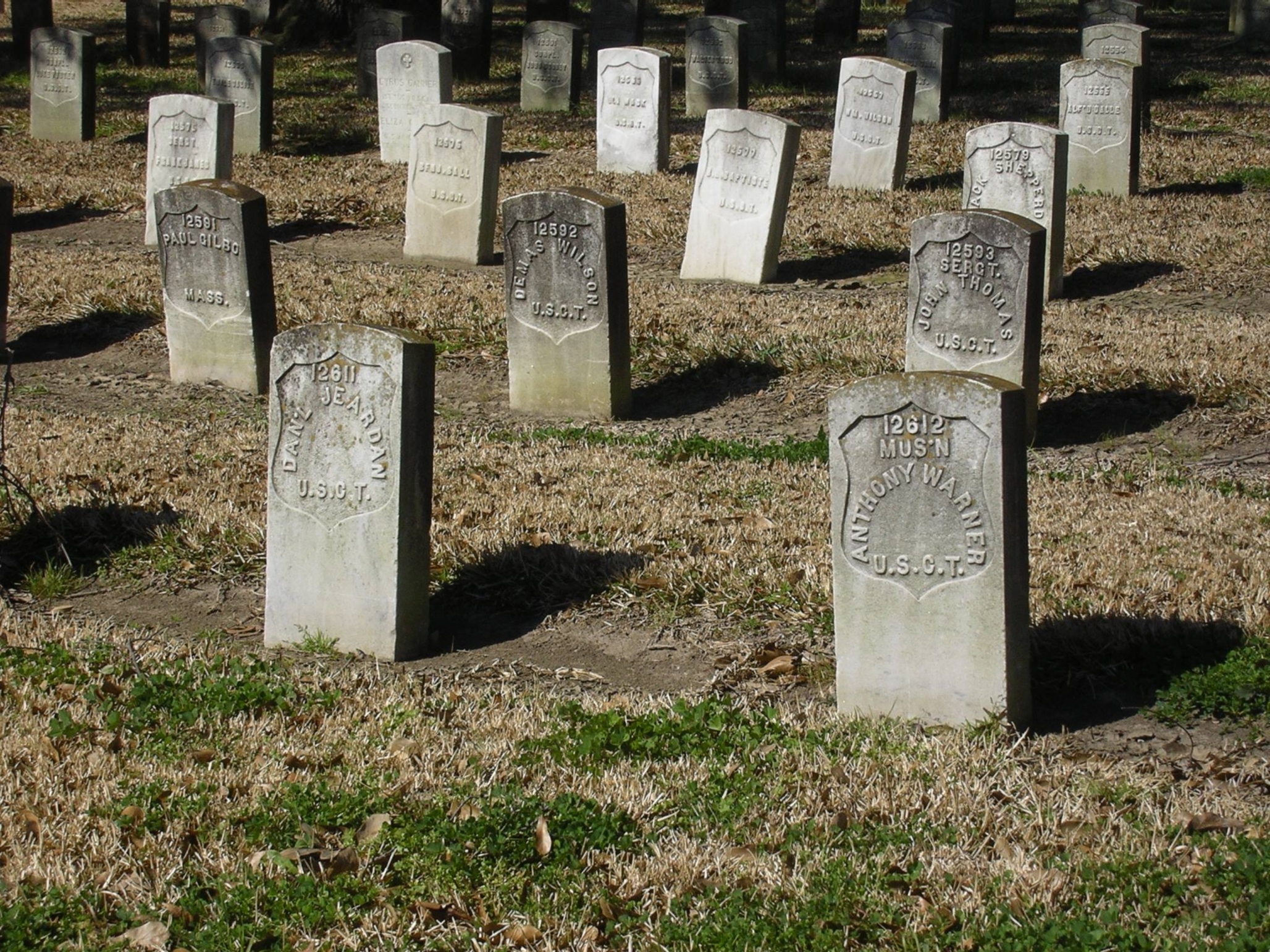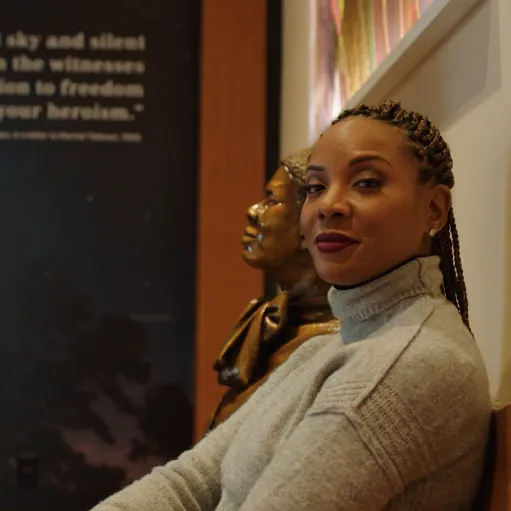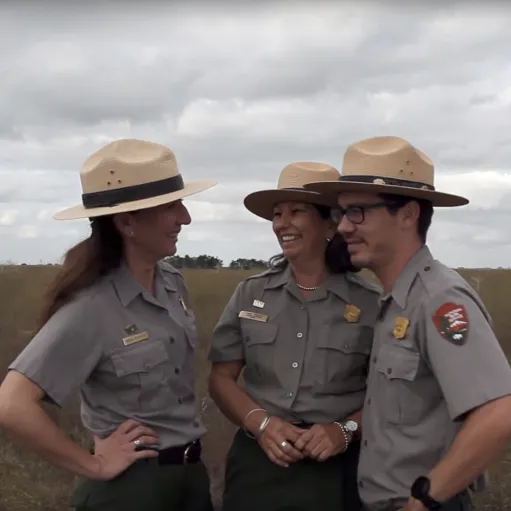Celebrating Black Heritage in North Carolina and Louisiana
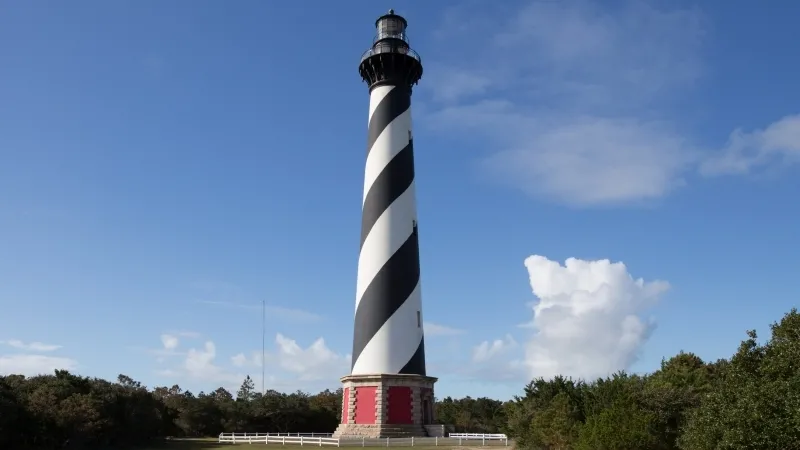
There’s something so special about experiencing history exactly where it happened – to be in the actual place where a milestone event occurred or a leader inspired people into action.
Our national parks provide these types of opportunities for all of us, opportunities to stand where heroes stood.
Did you know you can look out at the same ocean views that an all-black lifesaving crew monitored day and night in the late 1800s? You can also walk the grounds where free men of color fought to win the 1815 Battle of New Orleans. National parks give us places to learn about our past and reflect on the leaders whose visions carried us into the present. Join us as we take a deeper dive into a few parks in North Carolina and Louisiana and explore the stories they share with us.
Cape Hatteras National Seashore
North Carolina
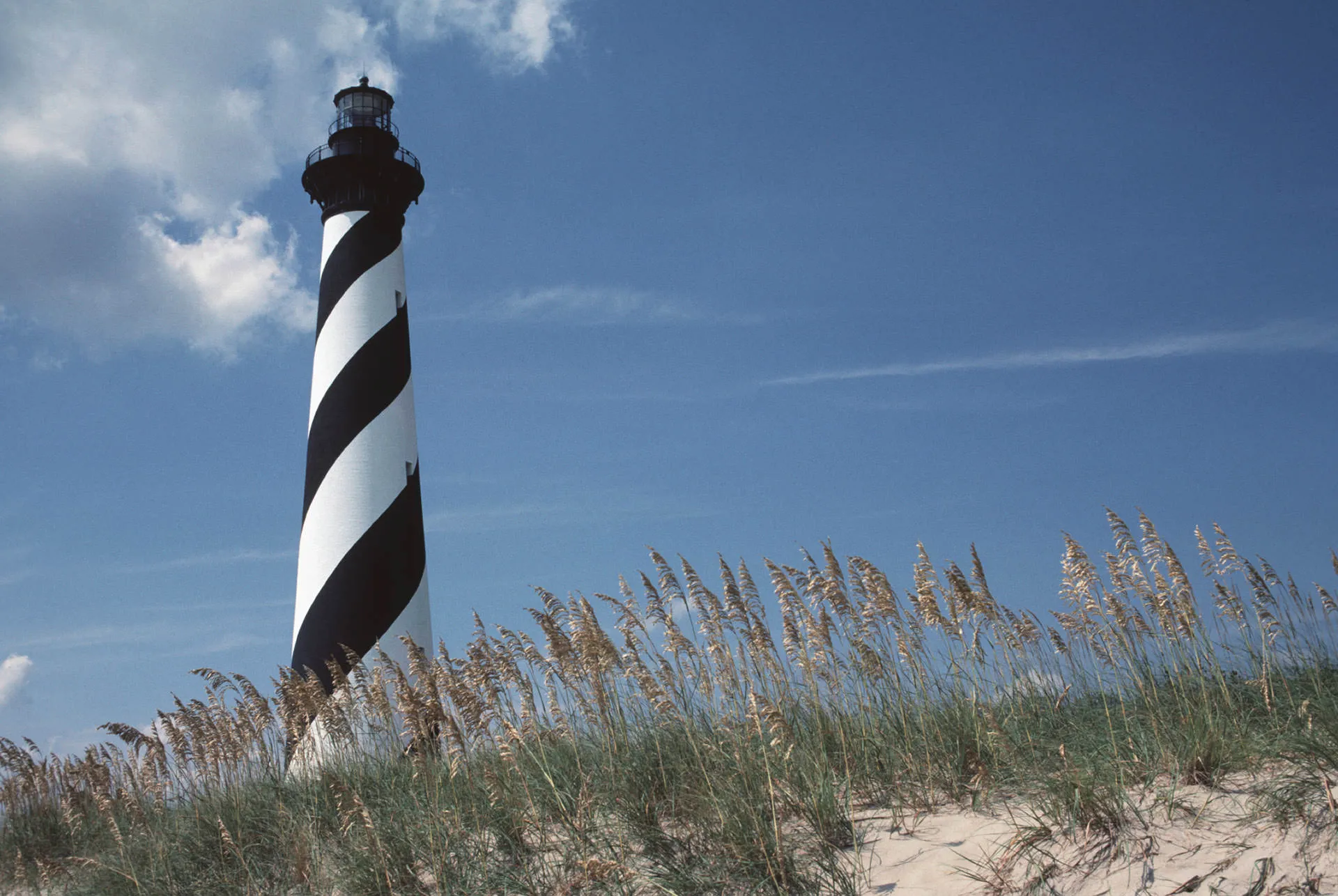
About the Park
A haven for recreation and reflection, the islands of Cape Hatteras National Seashore are constantly changing by tide, storm, current, and wind.
Things to Do
- Birdwatching
- Camping
- Canoeing
- Children’s Programs
- Fishing
- Hiking
- Historical
- Hunting
- Kayaking
- Off-Roading
- Picnicking
- Shopping
- Stargazing
- Swimming
- Water Activities
- Wildlife Viewing
The First All-Black Life Saving Crew
Often referred to as the “Graveyard of the Atlantic,” the North Carolina coast has been known to cause many a shipwreck. This goes way back to the 1800s and in 1871, the Department of Treasury created the United States Lifesaving Service (USLSS), which eventually evolved into the United States Coast Guard. Starting in 1874, the USLSS built lifesaving stations along the Outer Banks to aid those struggling out at sea. On January 24, 1880, Captain Richard Etheridge was appointed to lead the Pea Island Lifesaving Station. He was recommended as “one of the best surfmen on this coast of North Carolina.” He was also the first African American to command a lifesaving station.
Well-respected as one of the most skillful and courageous lifesavers in the USLSS, Etheridge ensured that his crew could handle all lifesaving duties, often coming up with his own strenuous training exercises. His crew was so efficient that they quickly became known as “one of the tautest on the Carolina Coast.”
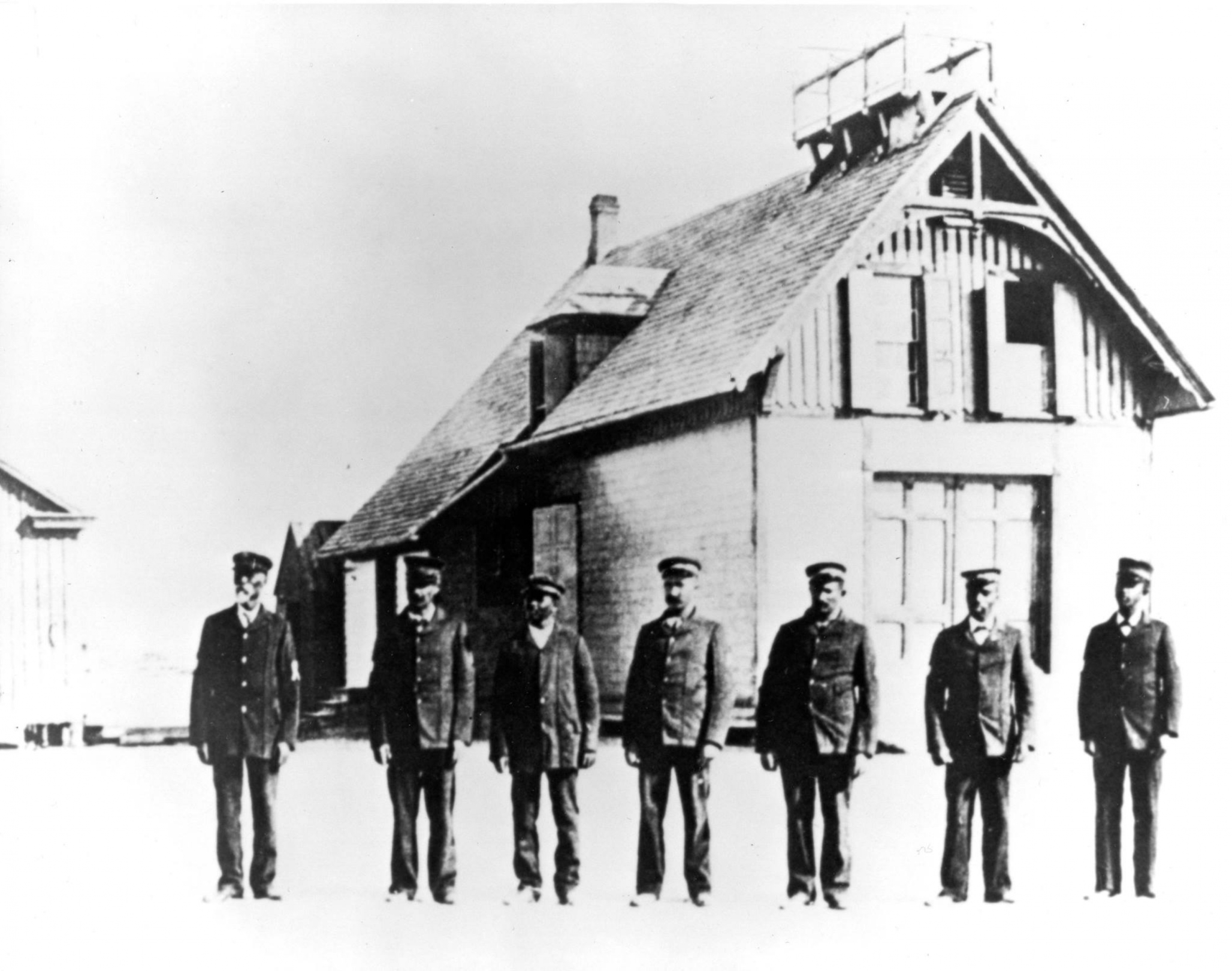
New Orleans Jazz National Historical Park
Louisiana
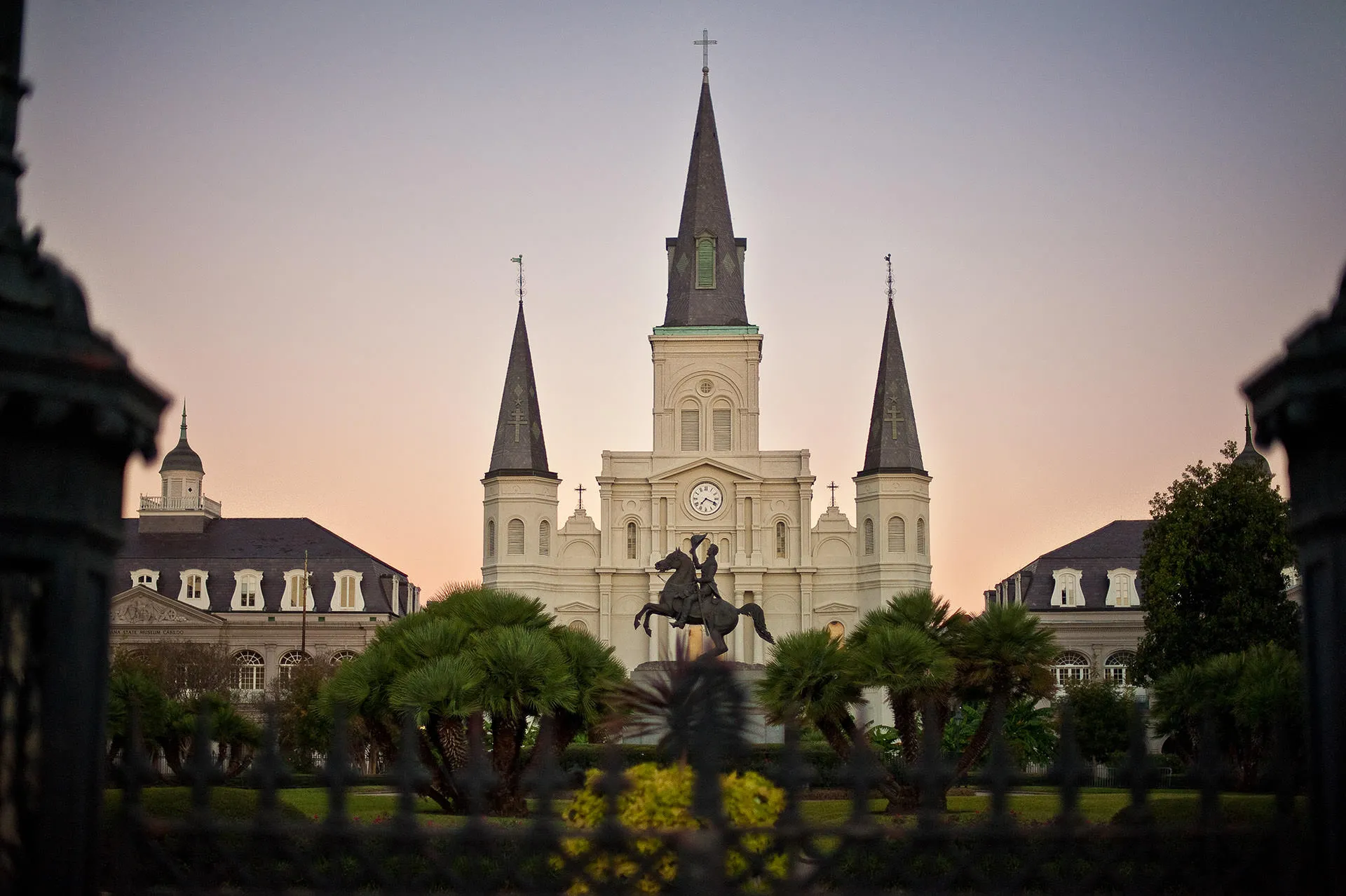
About the Park
New Orleans Jazz National Historical Park hosts live world-class jazz and musical concerts at the New Orleans Jazz Museum.
The Roots of New Orleans Music
More often called New Orleans music by locals, jazz has deep roots in NOLA. In fact, there’s an entire national park devoted to it, right in the heart of the city where even the park rangers play for you. New Orleans Jazz National Historical Park was created in 1994 to celebrate the origins and evolution of jazz. It’s an incredible place to learn about music legends like Louis Armstrong and Mahalia Jackson.
This musical heritage is celebrated daily with performances throughout the city, including at the park’s visitor center.
In addition to regular jazz performances, you can check out lectures, films, and cool displays at the visitor center, located in Dutch Alley near the French Market.

Jean Lafitte National Historic Park & Preserve
Louisiana

About the Park
Take an adventure to Jean Lafitte National Park & Preserve and see Louisiana's living history, culture, and communities.
Things to Do
- Children’s Programs
- Historical
- Tours
- Arts & Culture
- Birdwatching
- Fishing
- Wildlife Viewing
- Shopping
- Hunting
The Lands on Which People Stood Their Ground
Encompassing six sites, including the French Quarter, the Barataria Preserve, Chalmette Battlefield, and Chalmette National Cemetery, Jean Lafitte National Historical Park and Preserve is so rich in history and beauty. The park’s visitor center on Decatur Street is a must-visit. There, you’ll learn about the diverse cultures that influenced New Orleans history.
Just six miles downriver from the French Quarter, Chalmette Battlefield tells the story of over 600 free men of color who fought in the 1815 Battle of New Orleans. Jordan Noble, for example, was born into slavery in Georgia and then joined the U.S. Army as a teenager and became a revered war hero as a drummer whose steady beat guided Andrew Jackson’s army in the heat of battle. At Chalmette National Cemetery, you can pay your respects to over 7,000 African-American soldiers and veterans buried there, many of whom fought for the Union in the United States Colored Troops during the Civil War.
Across the river from downtown New Orleans, Barataria Preserve is a wilderness retreat with diverse wildlife habitats that include bayous, swamps, marshes, and forests. Here, you’ll experience a beautiful ecosystem that has more than 23,000 acres of wetlands and over 200 species of birds, as well as four-legged fauna like armadillos and alligators. Park rangers host free Wetlands Walks or you can explore the self-guided tours on easily accessible boardwalks and packed gravel or dirt trails. There are also pontoon boat tours that explore the swamp and waterways.
The preserve and other land nearby was also plantation country. One of the trails at the preserve is named “Plantation Trail.” Enslaved people sometimes ran away to the swamps where they sought refuge in a landscape that made it easy to hide. For some, this self-liberation was permanent and were known as “Maroon Communities.”
